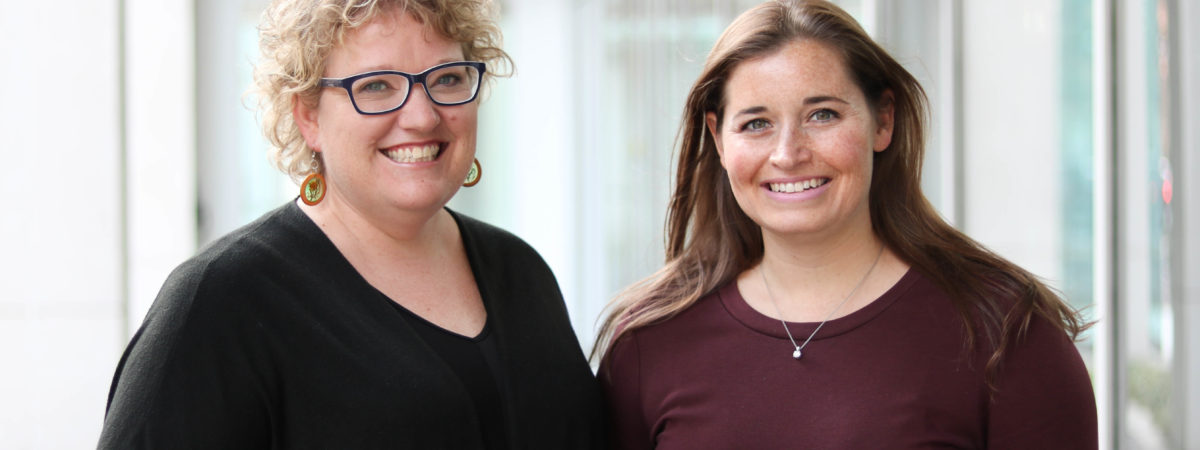News readers and viewers are no longer disconnected by time or distance from those who provide them with information.
They also don’t trust reporters anywhere near as much as they did in the 1970s, and the availability of news 24 hours a day on TV and online is not helping matters much.
“How often do you hear (newscasters) say this is why we chose to cover a story?” asked Lynn Walsh of Trusting News, a media literacy and education program for journalists funded by the Reynolds Journalism Institute, the Knight Foundation and Democracy Fund in partnership with the American Press Institute. “You don’t hear that. People make assumptions that a story is chosen because a parent company is connected to this hospital, or they think why do you cover certain crimes but not all of them? Explaining things can help decrease mistrust.
Walsh, a former president of the Society of Professional Journalists, and Joy Mayer have spent the past few years working on Trusting News, a project designed to help journalists and newsrooms understand why the public doesn’t believe in the news anymore – along with identifying why journalists should care and what they can do to right the ship.
“The project started because there seemed to be a growing understanding in the industry that something needed to be done about growing levels of mistrust in journalism and a misunderstanding of what journalism was,” Mayer said. “I wanted to demystify it. I wanted to understand it so we could address it. Ultimately, I wanted to help journalists figure out to what do about it.”
Without the ability to discern when a journalist has done their homework and due diligence on a story and selected the best details to include in coverage, or have an understanding of why one type of crime is covered and others aren’t, readers and viewers will jump to conclusions. Those conclusions are often misguided and unfounded, Walsh and Mayer said, but there’s much journalists can do to help shine a light on their work from the start.
“Most of those assumptions tend to be negative,” Walsh said of preconceived notions viewers and readers have about story selection and editorial policies. “When we have a conversation and explain to them how you do your job, you get rid of those negative perceptions and assumptions.”
Trust in journalism hit its high point in the years following the Watergate scandal, but has been in decline ever since, sped up with the availability of cable news, 24-hour reporting and social media, Mayer said.
“The decline has been faster and certainly now that there’s a public campaign waging war against facts and journalism, we’re in worse shape than we used to be,” she said.
Something as simple as explaining at the top of a story why it was chosen and given time could help give viewers insight on the editorial process and can help dispel any prejudicial concerns that a story was selected due to advertiser or parent company pressure, they said.
Joy Mayer and Lynn Walsh of Trusti

